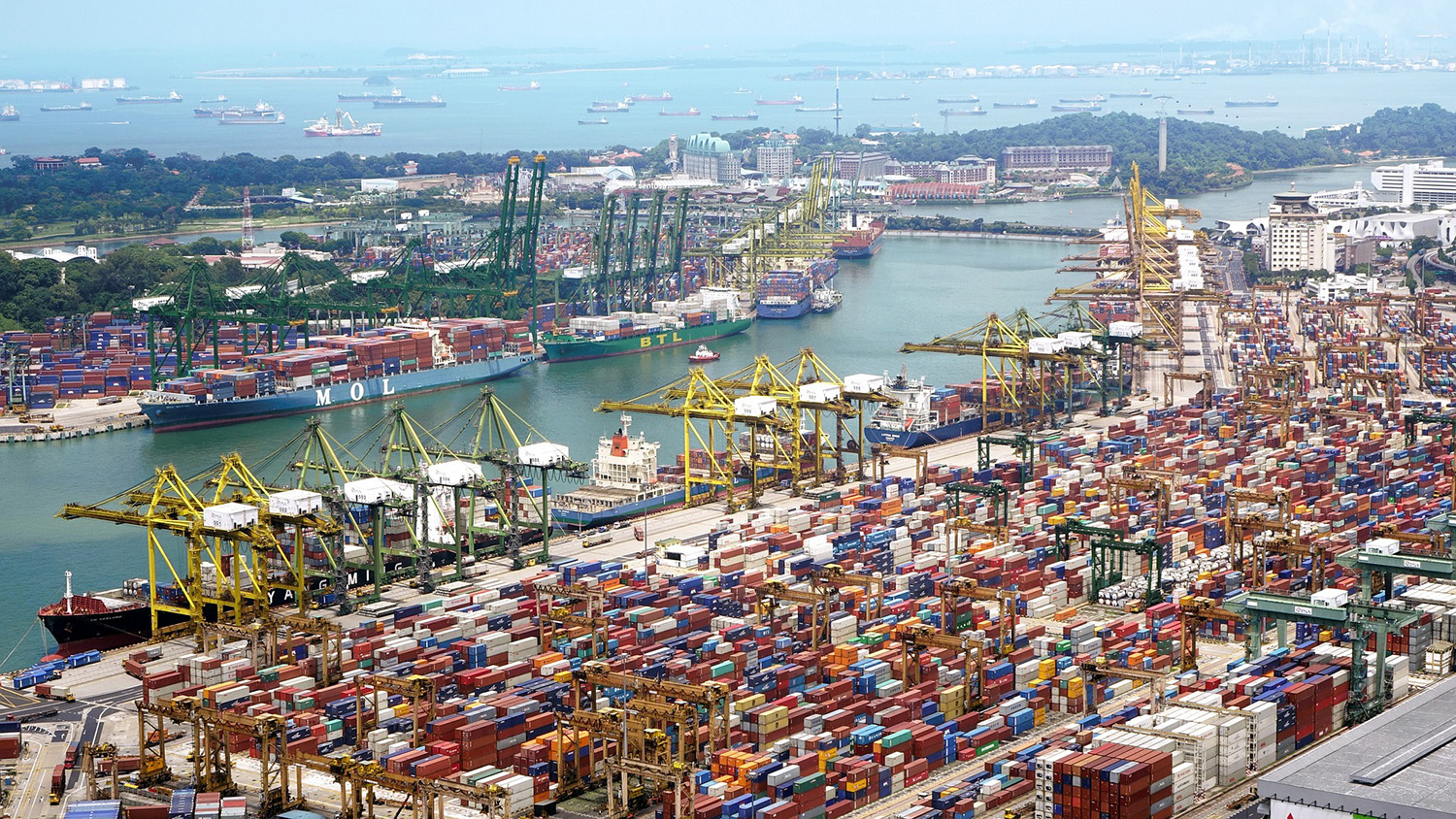The latter half of 2023 saw a generally flat demand across Europe and the UK coupled with an improvement in more reliable availability of most raw materials. It is worth considering that almost all raw materials, or constituent elements, are sourced from abroad, particularly Europe and the Far East. Even with the impact and added costs resulting from shipping via the Red Sea, the actual realisation has been relatively stable in availability of raw materials to date.
However, as 2024 develops we are again seeing increasing pressure on pricing from key feedstocks including Brent Crude and Benzene, which directly impacts the downstream costs of Styrene.
At the time of publish Brent Crude stands at >€90/ barrel, its highest level this year. Subsequently Styrene prices have increased by ~30% within the first three months of 2024. There has also been instability in the pricing of some Glycols increasing in a range of ~20-60%, and further increases impacting Phthalic and other key raw materials.
There have been recent announcements from several major glass fibre producers, including 7 (seven) Chinese based/owned organisations, clearly indicating that the low prices we see today are unsustainable and will be increasing.
Key factors affecting the material market:
- Increasing Oil pricing – Brent Crude Oil latest price chart
- Ongoing shortages of labour impacting manufacturing industry across Europe, + increased ‘costs to serve’.
- Increased business costs over the last 12-18 months due to high inflation rates.
- Impact of the Ukrainian situation remain.
- Ongoing concerns of Red Sea shipping and Middle East stability.
- Cost and availability of speciality raw materials remains problematic.
- Force Majeure declared by two main European styrene manufactured at the end of March.
- Europe has a heavy reliance on China and the Far East for many raw materials, including glass fibre and a resurgence of internal Chinese manufacturing sector, and increased demands from USA will affect European supply.
- Potential risk of restricted availability of some key feedstocks.
Thankfully in the UK our formal recession has been very short lived, and there remains some optimistic hope of further recovery into the later half of 2024, albeit still at below pre covid levels.
UK inflation development has continued to fall since January 2023 interest rates presently remain stable @ 5.25%.
RPI All Items: Percentage change over 12 months: Jan 1987=100 – Office for National Statistics (ons.gov.uk) Interest rates and Bank Rate | Bank of England
Composites remain a key enabler as we increase our sources of renewable energy, with electrification of the transport systems and longer term as we develop towards hydrogen systems. Thus, supply v demand will become more critical.
The message to Composites UK members is:
- Prices may well have ‘bottomed out’.
- Although immediate availability of raw materials has been satisfactory so far in 2024, the present uncertainty in the market leads suggests a risk of uncertainty in the short term.
- Plan ahead as supply of imported materials could be uncertain.
- Make sure your supply chain is robust to ensure you have what you need to maintain production.
For more information on raw material prices for the composites sector:
Tecnon Orbichem: https://www.orbichem.com/
Independent Commodity Intelligence Services: https://www.icis.com/explore/
Composites UK member resources – Material Supply Information: https://compositesuk.co.uk/member-resources/business-development/material-supply-information/
